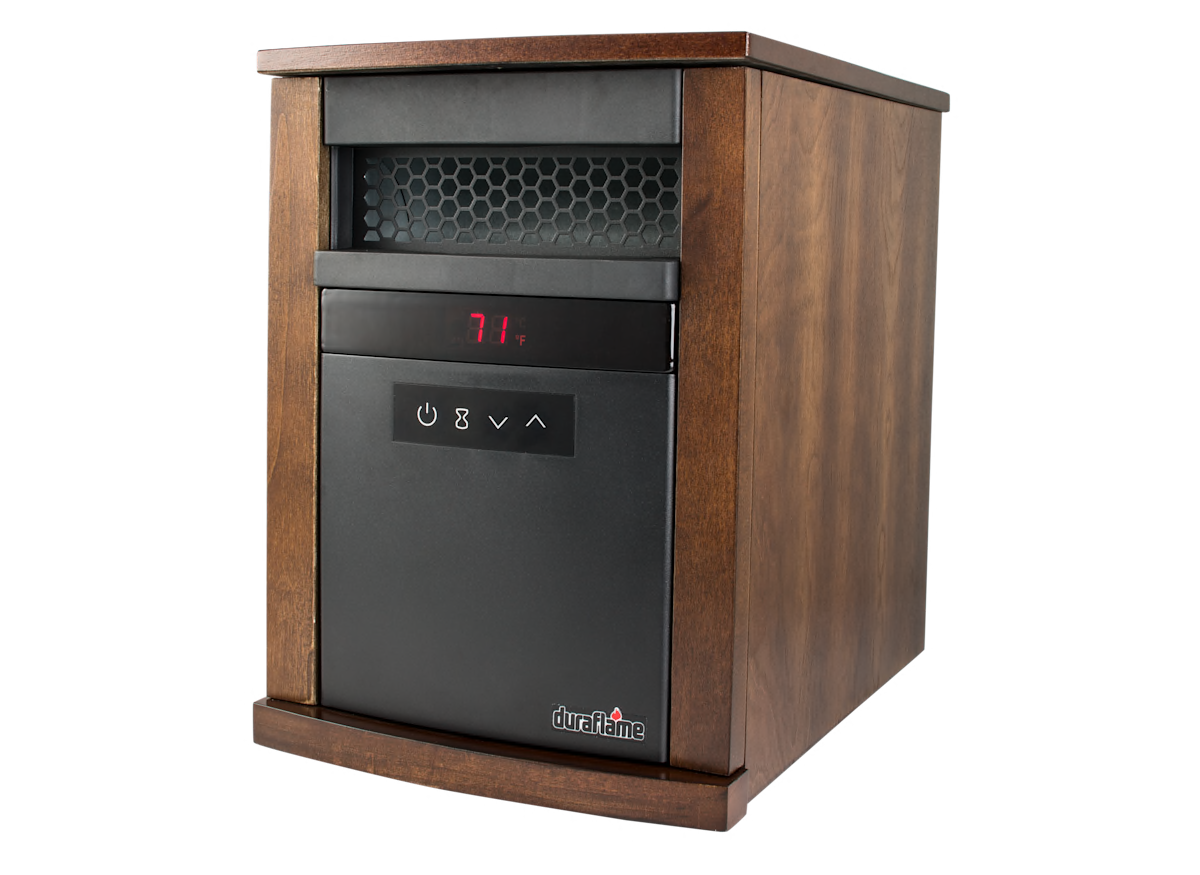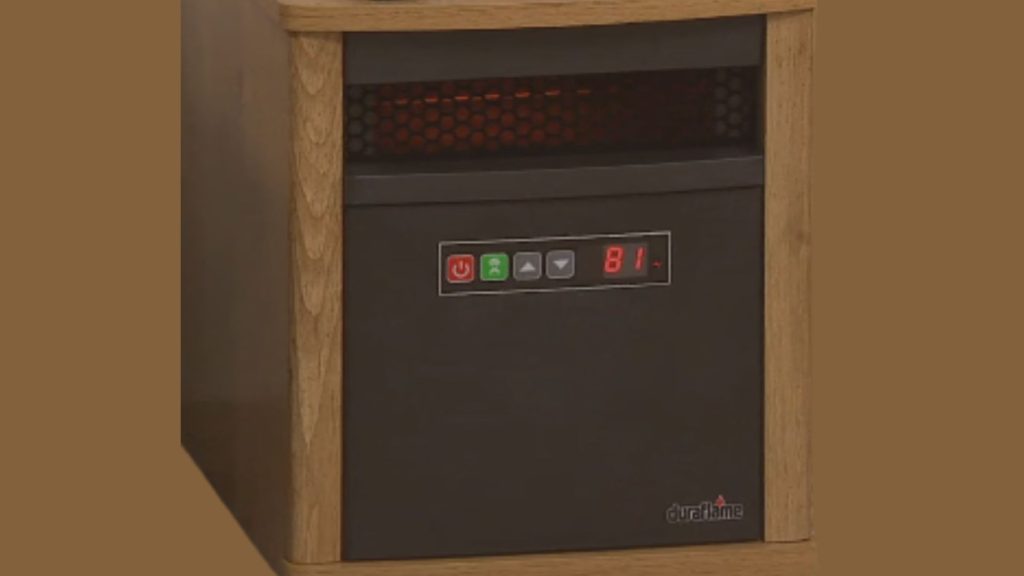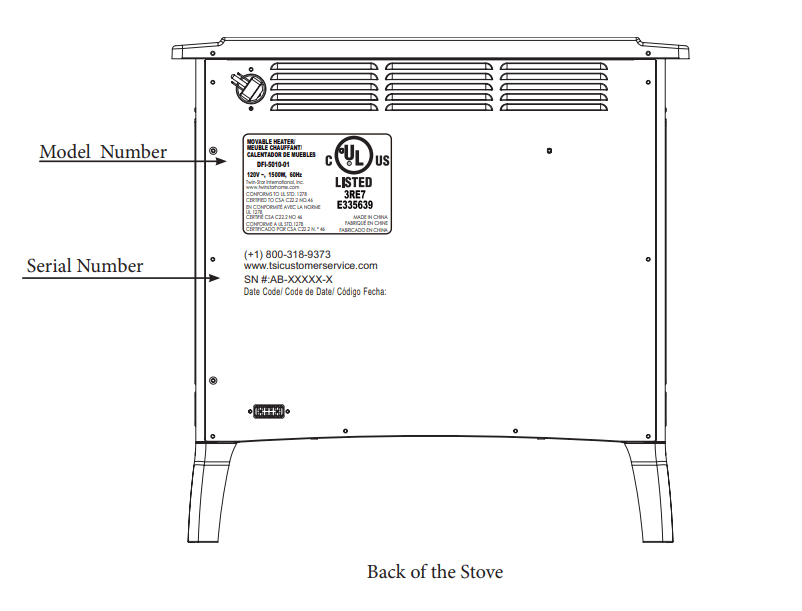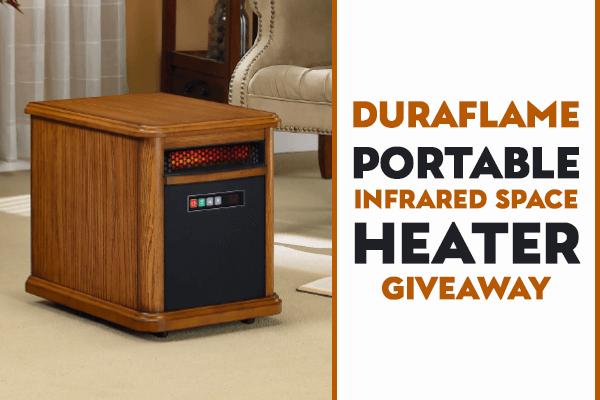Duraflame Space Heater Instructions

Nothing is more frustrating than expecting a warm, cozy environment from your Duraflame space heater, only to be met with a cold room. One of the most common problems homeowners face is a space heater that simply won't turn on. Before you resign yourself to shivering or calling a repairman, let's walk through some simple troubleshooting steps you can take yourself.
Step 1: The Obvious Checks (Power and Placement)
It might seem basic, but starting with the fundamentals can save you a lot of time and frustration. Before diving into more complex diagnostics, let's cover the essential groundwork.
Is it Plugged In? (Seriously!)
Ensure the power cord is securely plugged into both the heater and a functioning wall outlet. A loose connection can prevent the heater from receiving power. Try wiggling the plug at both ends to see if the heater flickers or shows any sign of life.
Is the Outlet Working?
Don't assume the outlet is good. Test the outlet with another device, like a lamp or phone charger. If the other device doesn't work either, the problem is likely with the outlet itself. Check your circuit breaker or fuse box (we'll cover that in more detail later).
Safe Placement is Key
Duraflame heaters, like most space heaters, have safety features that prevent operation if they're not on a stable, level surface. Make sure the heater is on a flat, even floor. Avoid placing it on carpets, rugs, or any uneven surface that could trigger the tip-over sensor. Also, ensure there's adequate clearance around the heater – at least 3 feet in all directions – to prevent overheating and fire hazards.
Step 2: Examining the Controls and Safety Features
Once you've confirmed the power source and placement are correct, let's investigate the heater's controls and built-in safety mechanisms. These are often the culprit behind a non-functioning heater.
The Power Switch and Thermostat
Make sure the power switch is in the "on" position. Many Duraflame heaters also have a thermostat dial or digital control panel. Ensure the thermostat is set to a temperature higher than the current room temperature. If the thermostat is set too low, the heater won't turn on because it doesn't need to produce heat. If you have a digital display, confirm that is lit and not displaying an error code. Some heaters have multiple heat settings; try each one to see if any of them work.
Tip-Over Protection
Most Duraflame space heaters are equipped with a tip-over safety switch, usually located on the bottom of the unit. This switch automatically shuts off the heater if it's tilted or knocked over to prevent fires. Sometimes, this switch can become stuck or misaligned. Gently rock the heater back and forth on a level surface to ensure the tip-over switch is engaging and disengaging freely. You might hear a faint click as the switch activates.
Important: Never attempt to bypass or disable the tip-over switch. This is a critical safety feature.
Overheat Protection
Duraflame heaters also have an overheat protection system that shuts off the heater if it gets too hot. This can happen if the air vents are blocked, or if the heater is placed too close to flammable materials. Let the heater cool down completely (usually 30 minutes to an hour) before attempting to turn it back on. Make sure the air vents are clear of any obstructions, such as dust, blankets, or curtains.
Step 3: Checking the Circuit Breaker/Fuse Box
If the outlet isn't working, or if the heater repeatedly shuts off after a short period, the problem might be a tripped circuit breaker or blown fuse. Here's how to check:
Locate Your Circuit Breaker/Fuse Box
The breaker box is usually located in a utility room, basement, or garage. It's a metal panel with a hinged door.
Identify the Breaker/Fuse for the Heater
Open the panel and look for the breaker or fuse that controls the outlet where you're plugging in the heater. The breaker should be labeled (e.g., "Living Room Outlets," "Bedroom Circuit"). If it's not labeled, you may need to do some trial and error by switching off breakers one by one until you find the one that kills power to the outlet.
Reset the Breaker/Replace the Fuse
If the breaker has tripped, it will be in the "off" or "middle" position. To reset it, switch it all the way to the "off" position, and then back to the "on" position. If you're dealing with a fuse box, look for a fuse that has a broken filament (the thin wire inside the glass). Replace the blown fuse with a new fuse of the same amperage. Using a fuse with a higher amperage can be dangerous and cause a fire.
Recurring Tripping/Blowing
If the breaker trips or the fuse blows repeatedly when you plug in the heater, this indicates a larger problem with the electrical circuit. The circuit may be overloaded, or there may be a short circuit in the wiring. In this case, you should consult a qualified electrician.
Step 4: Cleaning and Maintenance
Regular cleaning and maintenance can significantly extend the life of your Duraflame space heater and prevent many common problems.
Dust Removal
Dust accumulation is a major cause of overheating and reduced efficiency. Unplug the heater and allow it to cool completely. Use a vacuum cleaner with a brush attachment to remove dust from the air vents, heating element, and other accessible areas. You can also use a can of compressed air to blow out dust from hard-to-reach spots.
Exterior Cleaning
Wipe down the exterior of the heater with a damp cloth to remove dirt and grime. Avoid using harsh chemicals or abrasive cleaners, as these can damage the finish. Make sure the heater is completely dry before plugging it back in.
Storage
When storing the heater, wrap the power cord loosely and store the heater in a dry, dust-free location. Keeping the heater clean and properly stored will help ensure it's ready to use when you need it.
Step 5: Troubleshooting Specific Issues
Let's address some more specific problems you might encounter with your Duraflame space heater.
Heater Makes Noises (Buzzing, Clicking, Rattling)
Buzzing: A faint buzzing sound could indicate a loose connection or a problem with the motor. Check the power cord and outlet connections first. If the buzzing persists, it could be a sign of a more serious electrical issue requiring professional attention.
Clicking: A clicking sound is often normal, especially when the heater is turning on or off. It's usually the thermostat engaging or disengaging. However, excessive clicking could indicate a problem with the thermostat or heating element.
Rattling: A rattling sound usually means there's something loose inside the heater. Unplug the heater and carefully inspect it for any loose screws, panels, or other components. If you're comfortable doing so, you can try tightening any loose screws. However, if you're not sure what you're doing, it's best to leave it to a professional.
Heater Emits a Burning Smell
A burning smell is a serious concern that should be addressed immediately. Unplug the heater and investigate the source of the smell. It could be dust burning off the heating element (which is common when the heater is first used after a period of storage). However, it could also be a sign of a more serious problem, such as a burning wire or a melting plastic component.
If the burning smell persists after a few minutes, or if you see smoke, stop using the heater immediately and consult a qualified repair technician. Do not attempt to repair the heater yourself if you suspect a serious electrical problem.
Heater Shuts Off Frequently
If your Duraflame heater shuts off frequently, even after you've reset the breaker and cleaned the vents, it could indicate a problem with the overheat protection system or a faulty thermostat. Try using the heater in a larger room with better ventilation. If the problem persists, the heater may need to be repaired or replaced.
When to Call a Professional
While many space heater problems can be resolved with simple DIY troubleshooting, there are certain situations where it's best to call a qualified repair technician. Never attempt to repair a space heater if you're not comfortable working with electricity or if you suspect a serious electrical problem.
Here are some situations that warrant professional intervention:
- The heater is sparking or smoking.
- The heater emits a strong burning smell.
- The heater is damaged or has exposed wires.
- The heater is making unusual noises that you can't identify.
- The heater is tripping the circuit breaker or blowing fuses repeatedly, even after you've addressed potential overloads.
- You're not comfortable working with electricity or disassembling the heater.
Attempting to repair a space heater yourself when you lack the necessary skills and knowledge can be dangerous and could void the warranty. It's always better to err on the side of caution and seek professional assistance when in doubt.
By following these troubleshooting steps, you can often diagnose and resolve common problems with your Duraflame space heater. Remember to prioritize safety and consult a professional when necessary. With proper care and maintenance, your Duraflame space heater can provide you with years of reliable warmth and comfort.










